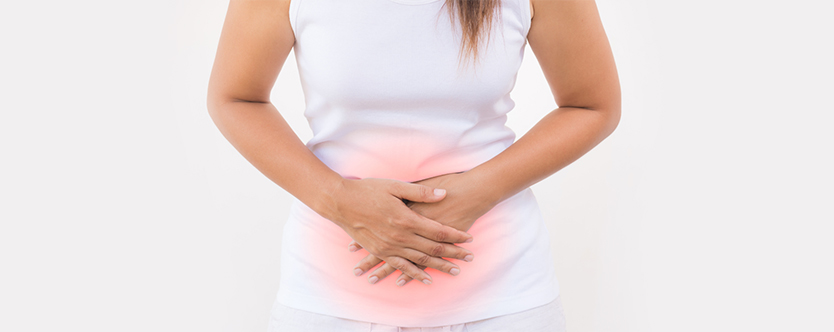
How To Reduce Menstrual Pain
Some women go through excruciating pain and cramp during their menstrual cycle. So much so that they are unable to work. They just lie in bed feeling miserable and have to take painkillers in order to function. If you are plagued by a similar problem then I suggest you try a diet change for about a month and take a few supplements. Then see if your pain reduces.
A healthy diet of whole grains, fruits and pulses is very helpful. At the same time you need to avoid oily food, non-vegetarian food, milk and milk products. Certain supplements such as calcium and vitamin B6 are also particularly effective in tackling PMS.
Calcium: Research suggests that increasing calcium intake can help reduce menstrual pain and PMS symptoms, but retaining the calcium is equally important. Certain lifestyle factors such as smoking, deficiency of vitamin D, consuming excess sodium, sugar, caffeine or animal proteins accelerates calcium loss- nearly 70% passes right through without even being absorbed by the digestive tract and a portion of what is absorbed is lost in urine. Animal protein, for instance, increases the amount of calcium your kidneys remove from the blood and excretes through urine. By avoiding animal proteins, you can reduce your calcium losses substantially. Increase your intake of green leafy vegetables and legumes such as beans, peas and lentils, which are good sources of calcium.
Vitamin B6: The B vitamins are believed to help in controlling estrogens. If your diet is low in these, the amount of estrogen in your blood could rise. Vitamin B6 has also shown to help in depression, irritability and in reducing pain by increasing the production of pain inhibiting neurotransmitters. A combination of 50-150 mg of vitamin B6 (the recommended dosage that should not be exceeded) and 200 mg of magnesium, taken daily could be effective in treating premenstrual headaches. Good sources of vitamin B6 include whole grains, beans, bananas and nuts. A high protein diet tends to deplete vitamin B6.
Essential Fatty Acids: Most painkillers used to treat menstrual pain work by inhibiting the effects of prostaglandins, which cause the pain. Prostaglandins are made from fats stored in your cell membranes. The little fat found in green leafy vegetables and legumes is strongly balanced toward anti-inflammatory omega-3 fatty acids, rather than other fats. If you have an adequate intake of these foods and eliminate meats, dairy products and added oils from your diet, you will derive the omega-3s you need. This not only encourages the production of helpful prostaglandins that inhibit inflammation but also reduce other menstrual symptoms. You can counter the ‘bad’ fats found in meats and dairy products by adding extra omega-3-rich oils such as flaxseed to your diet.
Phytoestrogens: Legumes, vegetables, fruits and particularly soy products such as tofu contain phytoestrogens, which help in reducing the effects of estrogens, resulting in reduced menstrual symptoms and also, the risk of breast cancer.
By following a low fat vegetarian diet and eating plenty of fiber rich fruits and vegetables along with vitamin and mineral supplementation you should be able reduce your menstrual pain and misery.
ANJALI MUKERJEE, Nutritionist, Founder Director-Health Total, having health centers
in Mumbai, Delhi, Bangalore, Pune -manages obesity & other health related disorders.
Contact numbers: 1800 8918131/+91 86575 61727
For further information, Visit www.health-total.com
